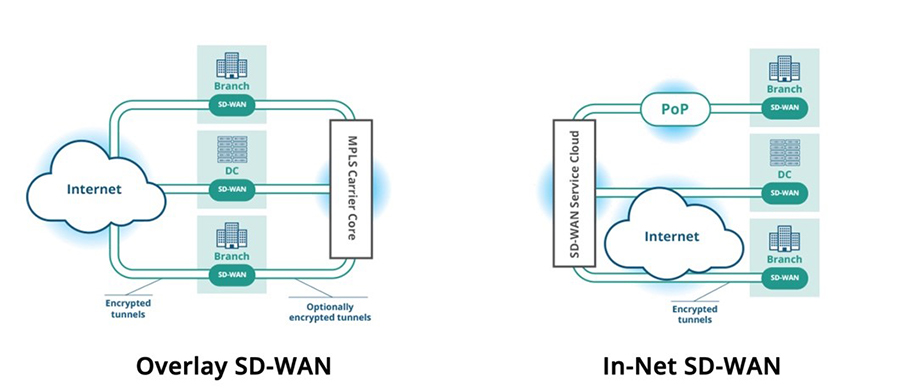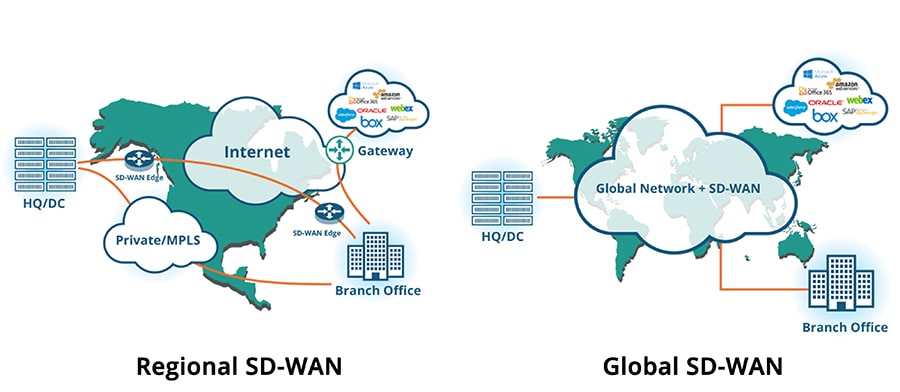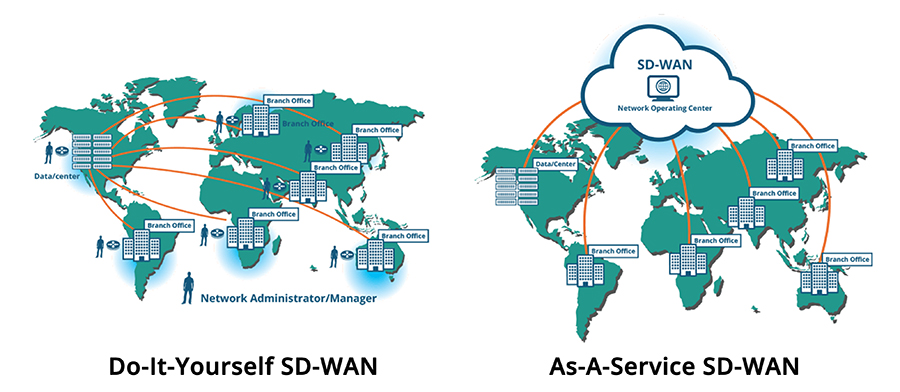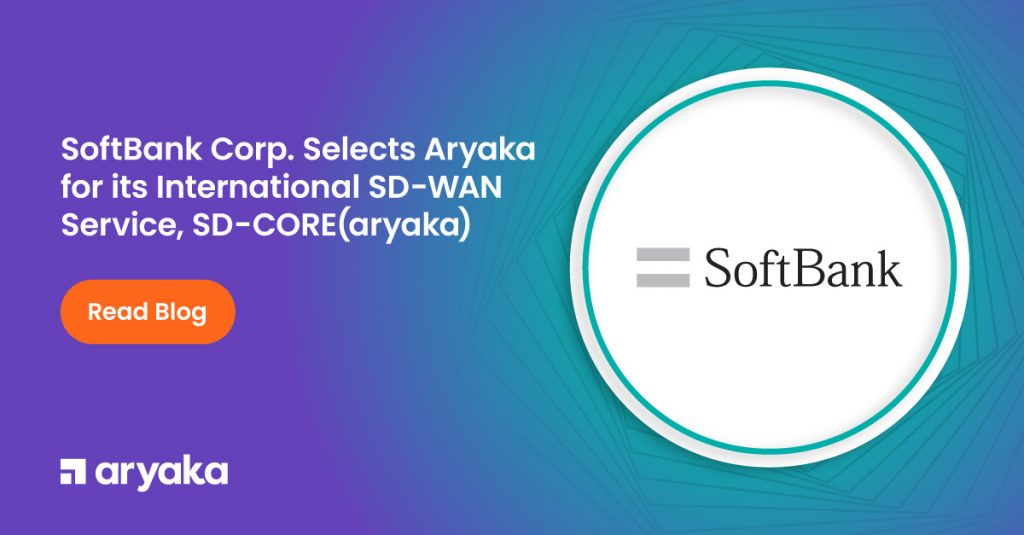According to Gartner: SD-WAN Will Change the Enterprise

SD-WAN has become the biggest trend today in enterprise networking. A recent blog by Gartner noted analyst, Bjarne Munch’s reaction to the space as being, “…on the brink of one of the most dramatic changes in WAN services that we have seen in decades.”
SD-WAN Comes in Different Flavors
2016 saw multiple SD-WAN vendors arrive into the market. Start-ups, Telcos, and major router providers all jumped into the space with their own spin on the service. With each business having their own definition about an SD-WAN solution, there have been industry wide-efforts to categorize the space.
In one of our recent blogs, we looked at a few of the different types of SD-WANs currently available. Below is a summary of the different categories we have identified for SD-WAN solutions.
Overlay vs. In-Net

- Overlay SD-WAN is designed to deploy and manage a network from a central location by installing edge devices that can also replace WAN routers in branch offices.
- In-Net SD-WAN also provides centralized management, but includes an actual network. This provides every global location in your enterprise with faster access and performance to SaaS applications, such as Office 365 or Salesforce.
Regional vs. Global

- Regional SD-WANs are built to reduce network complexity, lower network costs, and replace regional MPLS links by aggregating connections over the public internet. However, they lack the global network component. This means it cannot address application delivery issues for cloud or SaaS services accessed from remote geographies.
- Global SD-WANs also reduce network complexity and lower costs, but they address global application performance issues by combining a private network for businesses layered with WAN Optimization software.
Do-It-Yourself (DIY) vs. As-A-Service

- With a DIY SD-WAN, customers will have to place devices at each location to orchestrate network services and manage the WAN in-house. The customer will still need to deal with multiple vendors and network service providers. Having to manage the WAN in this scope could become resource-intensive for every location.
- As-A-Service SD-WANs are fully-integrated solutions. The provider takes care of the managing the network and minimal investment in resources are needed by the customer to maintain the network at each location.
To learn more about SD-WAN and how it can benefit your business, continue here.
Gartner Dives Deeper into SD-WAN
From December 5-8, Gartner will be hosting their annual Data Center Infrastructure & Operations Management Conference in Las Vegas, Nevada, where they will discuss the future of enterprise networking and SD-WAN.
Here are some of the sessions we are looking forward to:
- The Enterprise Network Scenario: Digital Business Requires Digital Plumbing
- SD-WAN: Smoke and Mirrors or a Better Way to WAN
- How to Increase Data Center Network Agility (Without Getting Fired
We are planning to be at the conference and look forward to what Gartner has to say. Follow us on Twitter at @AryakaNetworks and hear our response about it next week.
- Accelerate CAD/CAM Performance
- Improve Zoom Conferencing Performance
- Calypso Embraces a SaaS-first Strategy
- CallisonRTKL Transforms their WAN
- Kleinfelder Improves Application Performance
- Teradyne Transforms their WAN
- SAP web application performance
- Kleinfelder Improves Application Performance
- Industrial Manufacturing Company Transforms WAN










